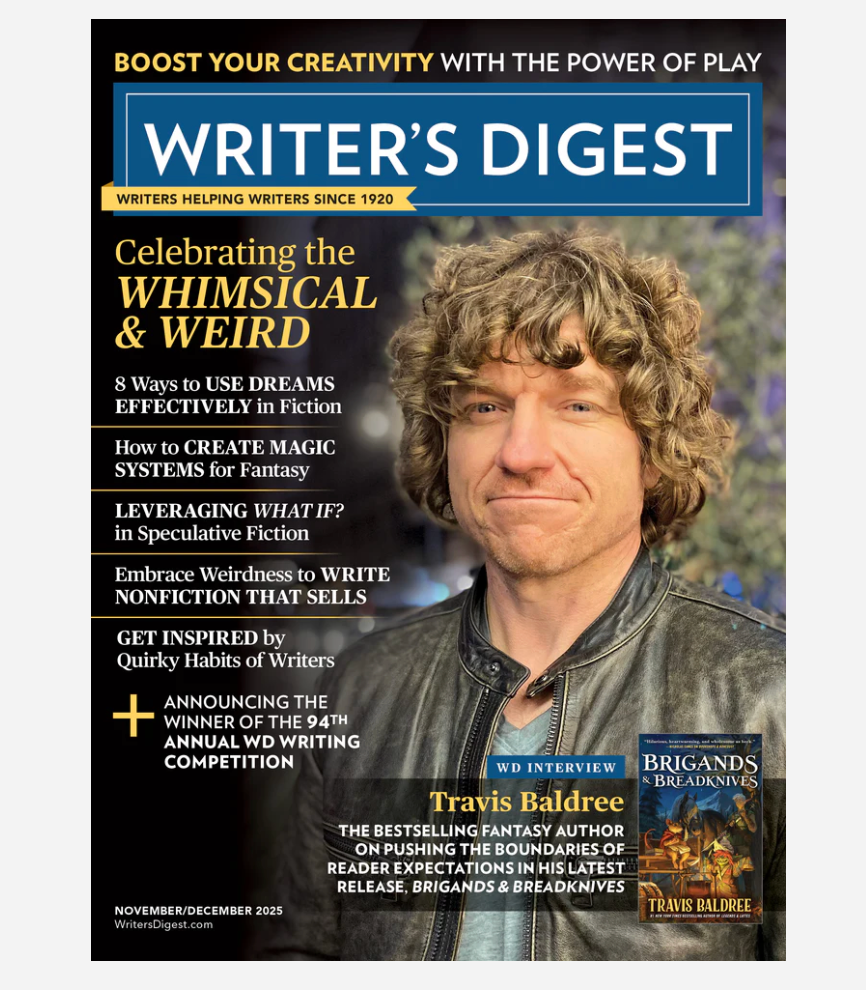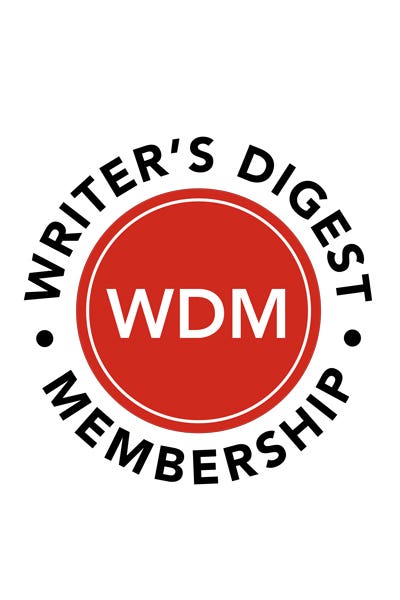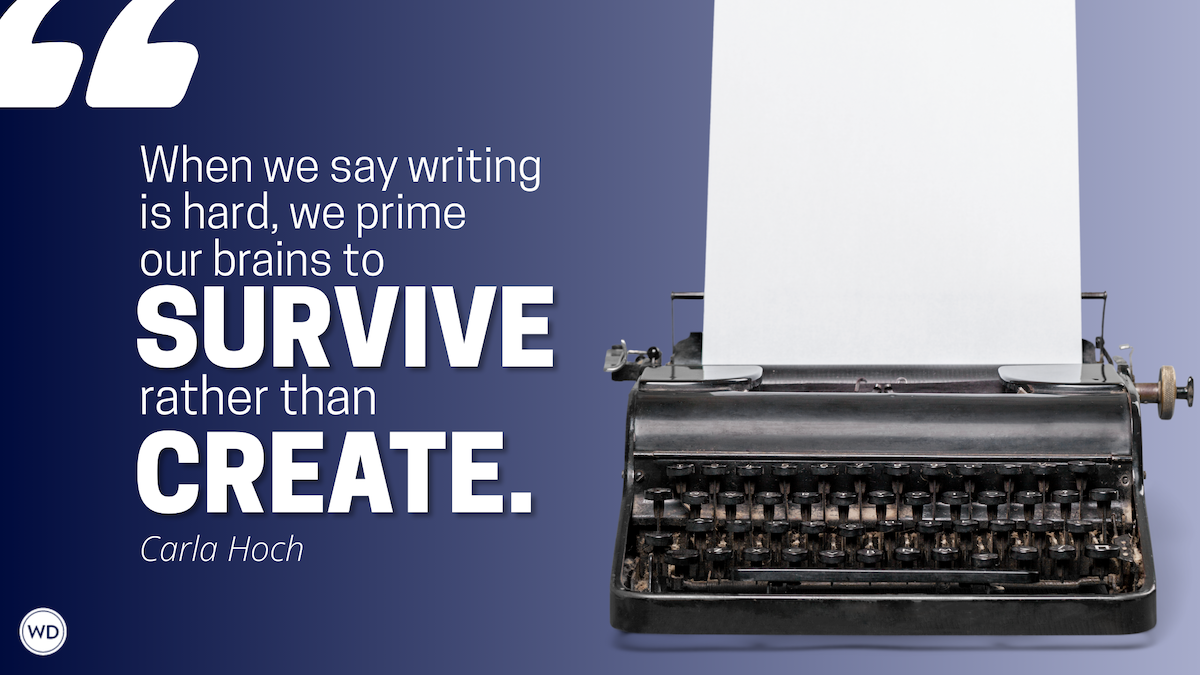Things Writers Should Know About John Hancock
Author Willard Sterne Randall shares several things about John Hancock that writers should know that go beyond his flamboyant signature.
If there’s one thing you know about John Hancock, it’s his bold, flamboyant signature on the Declaration of Independence. You might also know the adage “Put your John Hancock on it,” what you are urged to do when you pledge to fulfill a contract. But you probably know little else about this all-but-forgotten Founding Father.
Hancock likely would have been an impoverished country parson if his father hadn’t died young. Instead, he was adopted by his merchant uncle and went on to become the wealthiest man in early America.
Educated at Boston Latin School, after graduating Harvard College he served as his uncle’s assistant in the House of Hancock while he learned the rudiments of trans-Atlantic trade. During two years in Britain, he cultivated commercial ties.
Becoming his uncle’s full partner, he diversified. Developing a network of stores, he trained clerks to become managers, then extended them credit to supply their stores with goods he imported and distributed.
Cornering the Nantucket whale harvest, he built ships that raced the oil to London where oil lamps were replacing smoky, noxious coal. He used the profits to cram his ships with luxury goods to hurry to Boston in time for the lucrative Christmas market.
Beginning 30 years of public service at 26 as the youngest Boston selectman, he became known for his public works projects. During Boston’s bitter-cold winters, he personally provided the city’s elderly and poor with firewood. After a wharf burned with all its shops, he donated Boston’s first fire engine; town elders named it the Hancock.
He expanded the public market, recruited, outfitted, and armed an honor guard and served as its unpaid colonel. He donated funds for books and furnishings for Harvard’s library; he paid to renovate and refurnish a church.
Elected the town’s representative in the provincial legislature, he served on 30 committees, becoming known as a conciliator. As the British Parliament tightened control over colonial trade and imposed customs duties, Hancock organized boycotts and traveled widely to coordinate resistance. When Massachusetts formed a Provincial Congress, he was elected its president.
When the revolution came on, Hancock’s many contributions to the revolutionary cause included using much of his significant fortune. He donated his best ship and helped to launch and finance the Continental Navy, chairing the Marine Committee. Before the U.S. constitution was ratified in 1788, Hancock was elected president of the Continental Congress for four one-year terms: He arguably could be considered the first President of the United States.
He also became the subject of an unsubstantiated but enduring canard, perpetuated by John Adams —namely, that he wished to be commander of the Continental Army and resented George Washington for being selected for the post. In fact, Hancock suffered so badly from gout that it is unlikely that he would have accepted a position that would require long days on horseback!
In the first version of the Declaration of Independence, Hancock took on great risk as the sole signatory to the document. Affixing his large, flamboyant signature protected the other Founding Fathers, since their capture by British forces would have meant their certain execution.
When the French joined forces with the Americans in 1778, Congress ordered an attack on entrenched British forces in Newport, Rhode Island. Washington chose Hancock, the senior major general of militia, to raise and lead a force of 5,000 to reinforce Continental and French forces.
But the campaign failed—and finger pointing threatened Franco-American relations. Hancock decided to assume the role of diplomat. He and his wife Dorothy deployed dinner-table diplomacy and entertained hundreds of French officers at their Beacon Hill mansion, once cooking 150 turkeys.
In 1780, Hancock was elected the first governor of Massachusetts. He would be re-elected 12 times by landslide votes. After five terms, he retired.
But merchants, taking control of the legislature, raised taxes that fell hardest on frontier farmers, many of them veterans. When many lost their farms at sheriff’s sales, they revolted in Shays’s Rebellion. In what threatened to become a civil war, the Shaysites were routed in a battle on snowshoes. As 4,000 people who faced confiscation of their farms fled the state, Hancock was persuaded to run for governor again, winning by an overwhelming majority. He pardoned the Shaysites—and served as governor the rest of his life!
Hancock was too ill to attend the Constitutional Convention in Philadelphia in 1787. When Massachusetts’s leaders stalemated at a ratification convention, it was Hancock who finally helped to push the Constitution through to passage. As president of the Convention, he ordered the document argued over “by paragraphs, until every member shall have had an opportunity to express his sentiments.”
A Federalist but a pragmatist, he supported nine “Conciliatory Amendments” that led to the Bill of Rights. He added the 10th, reserving to the states any “powers not expressly delegated to Congress.”
Check out Willard Sterne Randall's John Hancock here:
(WD uses affiliate links)









